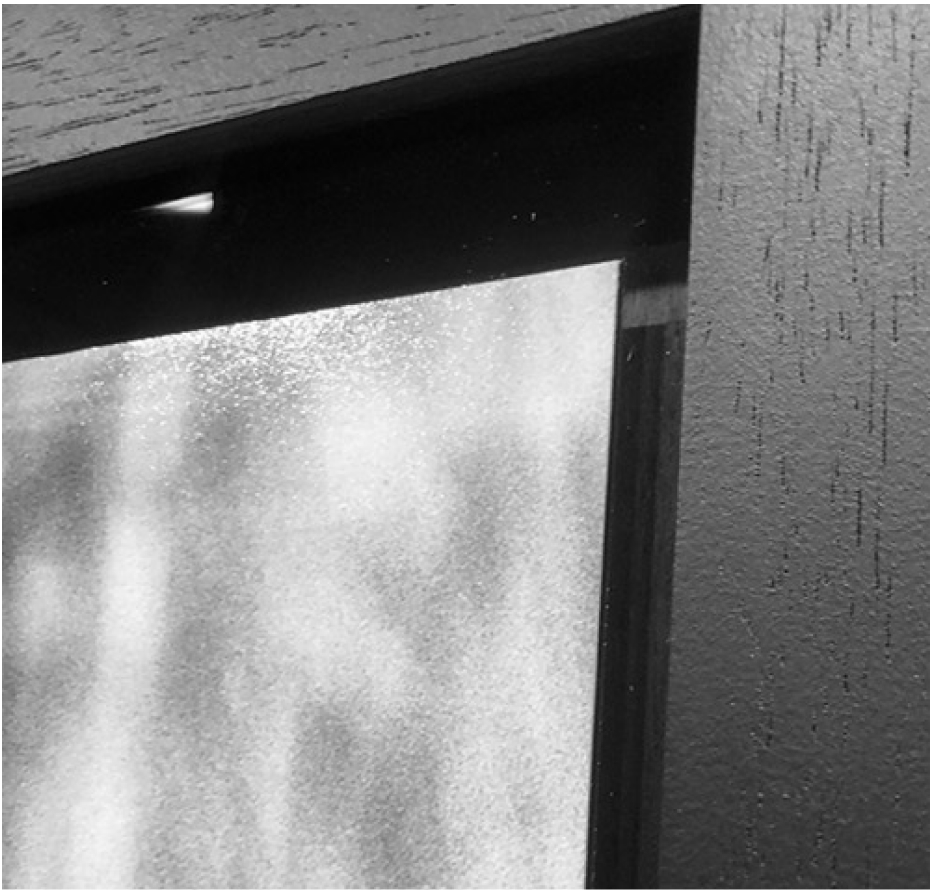Collodion & Platinum
Collodion prints
Collodion is a syrupy liquid that was historically used as a binder in photography and medical applications. In photography, collodion was primarily used in the wet plate collodion process, which was popular during the mid-19th century.
The wet plate collodion process involves coating a glass or metal plate with a layer of collodion containing dissolved salts of iodide or bromide. The plate is then sensitized by immersing it in a silver nitrate solution, which forms light-sensitive silver iodide or silver bromide on the collodion surface. The plate is exposed while still wet, typically in a large-format camera, and then developed immediately.

From the moment I discovered the collodion technique, I was instantly drawn to its unique characteristics and artistic potential. Without hesitation, I made the decision to delve deep into this captivating process and explore its boundaries to the fullest extent possible.
After numerous attempts and a lot of hard work, we decided to explore various sizes in the collodion process. We started with a 25cm x 25cm plate, then moved on to a 50cm x 50cm plate. Finally, we took on the challenge of creating a 1m x 1m plate. Despite the many obstacles we faced along the way, our dedication and perseverance paid off.

We take pride in our accomplishment and look forward to further exploring and pushing the boundaries of this captivating photographic process. Our journey into larger plate sizes has opened up exciting possibilities, and we are eager to continue our artistic exploration in the world of collodion photography.
Explore Collodion & Platinum



Prints
The retouching and printing of Griet Van Malderen’s photographs are done in Belgium in internationally renowned studios working for world-renowned photographers.
The digital prints are made on EPSON printers and on RAG Baryta Hanemüle platinum fiber rag 315 grams paper offering all the guarantees in time (110 years of stability with a protection under anti-UV glass) and providing a baryta paper effect.

Platinum prints
To further push the boundaries of our artistic endeavors and embrace new challenges, we made the decision to venture into platinum prints. Recognizing the importance of offering collectors truly unique and exceptional photographs, we saw platinum prints as an avenue to elevate our work to another level of artistry.
Platinum printing is a labor-intensive and meticulous process that involves coating paper with a light-sensitive solution containing platinum and palladium salts. The coated paper is then exposed to a negative in contact printing or enlarged through an enlarged negative. After exposure, the print goes through a series of carefully controlled chemical baths to develop and fix the image.
The allure of platinum prints lies in their exquisite tonal range, rich detail, and exceptional archival qualities. The precious metals used in the process lend a luminous quality to the final image, with subtle tonal gradations and a remarkable depth that truly captivate the viewer.

Frames
The museum type frames are made in Belgium by a craftsman, framer / cabinetmaker specializing in custom-made frames, with incomparable know-how.
At first the photographic prints are glued on Dibond and placed in shadow box frames made of black-stained wood.
The prints are also protected by anti-UV and anti-reflection glass which produce the most beautiful effect. The double profile frame can be dismantled and fitted with an aluminium slat along its entire length to provide rigidity and weight distribution on the hanging surface.

